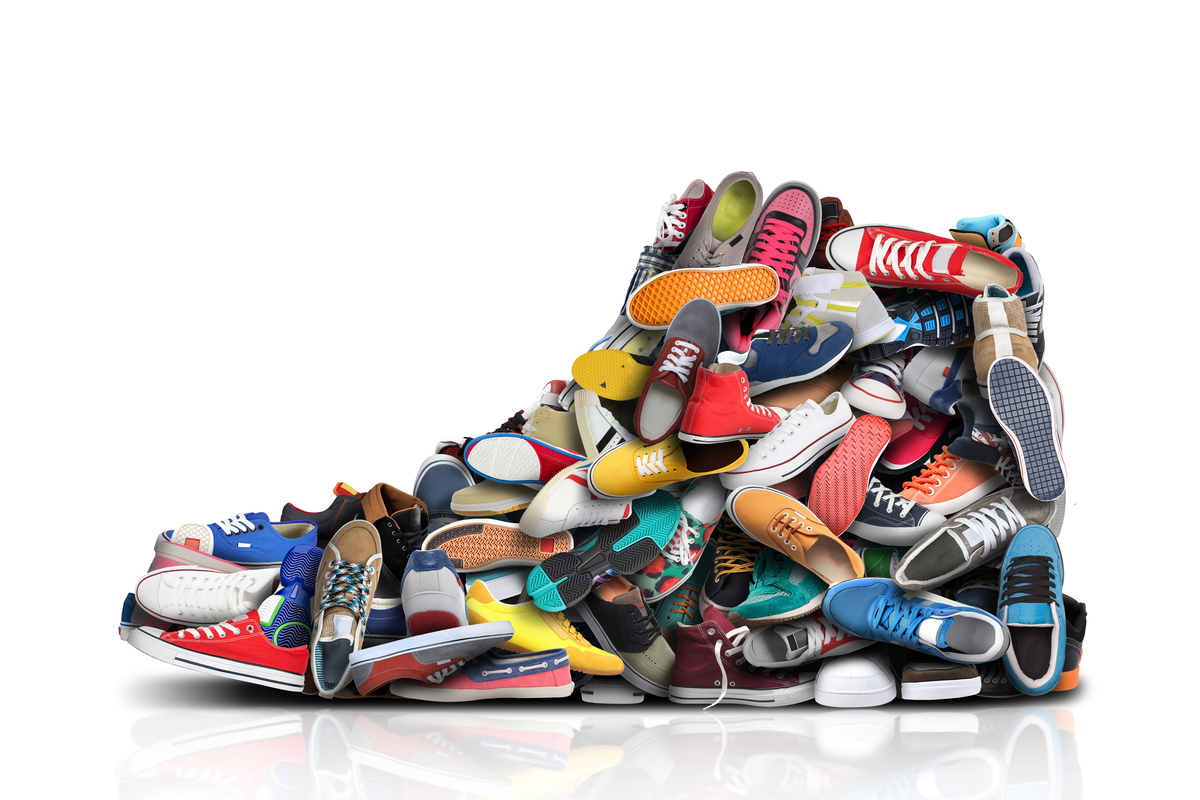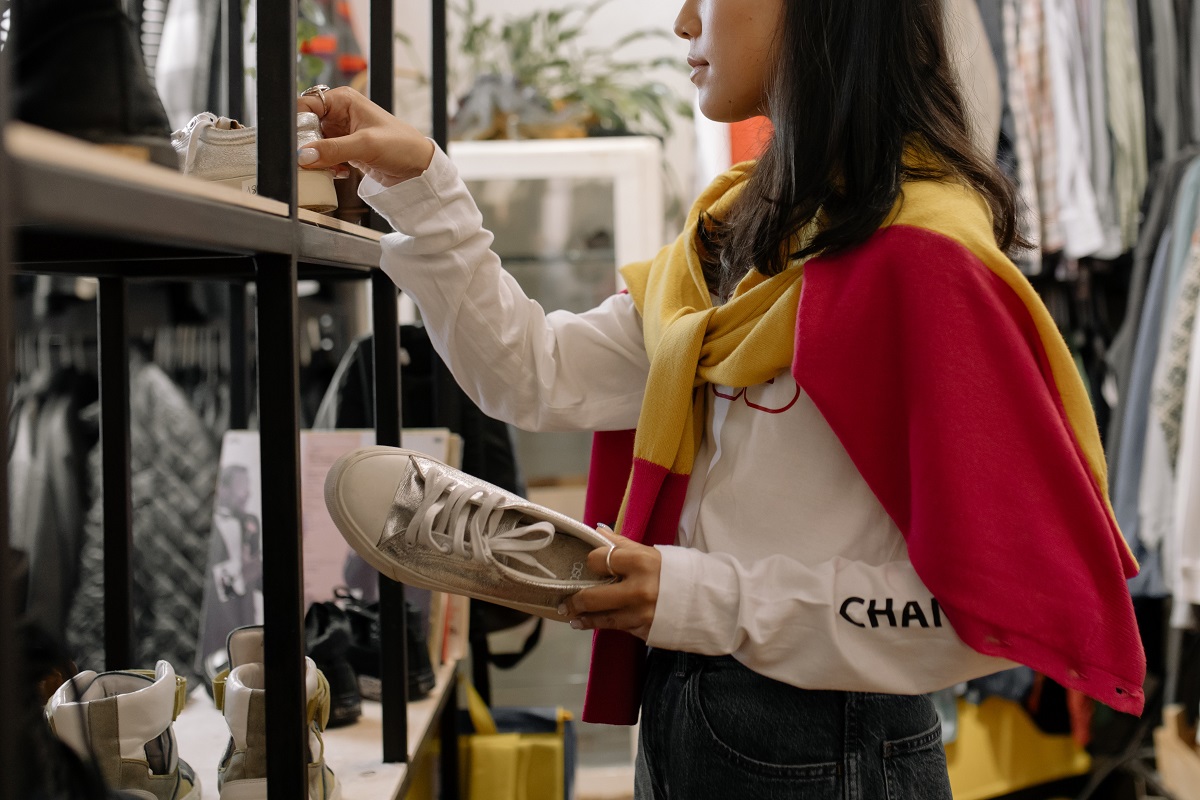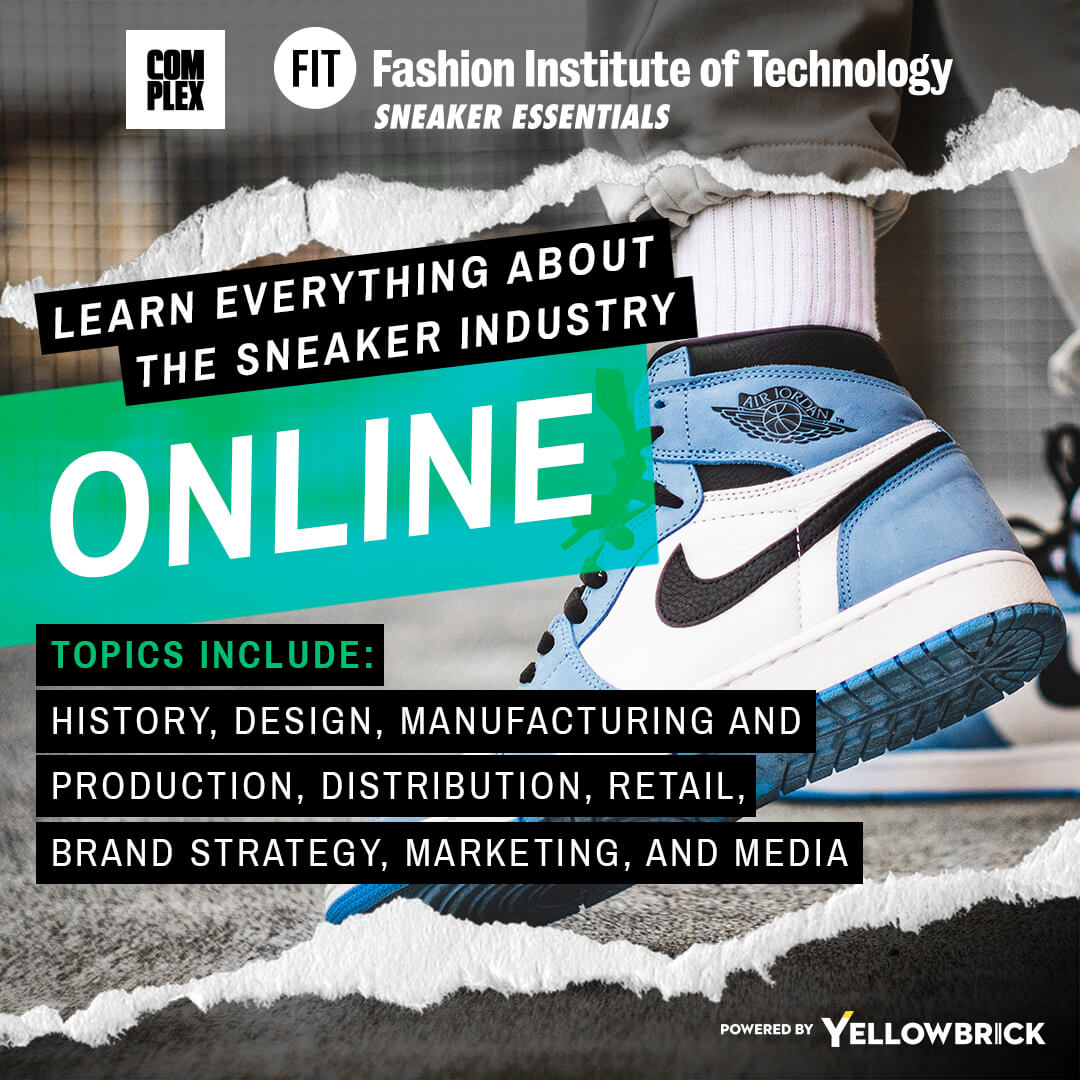In the ever-evolving world of sneaker design, staying ahead of the curve is essential. Augmented reality (AR) has emerged as a game-changing technology that is revolutionizing the way designers create and present their sneaker designs.
By incorporating AR into the design process, designers can bring their ideas to life in a whole new dimension, allowing for greater creativity, collaboration, and efficiency.
So, how can you harness the power of augmented reality in sneaker design? In this comprehensive guide, we will explore the various ways in which AR can be used to enhance the design process, from concept development to marketing and beyond.
Whether you are a seasoned designer looking to level up your skills or a newcomer eager to explore the possibilities of AR, this guide will provide you with the knowledge and tools you need to succeed in the fast-paced world of sneaker design.
1. Virtual Try-Ons
One of the most exciting applications of AR in sneaker design is the ability to create virtual try-ons. With AR technology, designers can develop virtual models of their sneakers that users can try on using their smartphones or AR glasses.
This not only allows customers to see how the sneakers will look on their feet but also provides valuable feedback to designers on fit, style, and overall design aesthetics.
2. Interactive Design Tools
AR tools can also be used to create interactive design experiences that allow users to customize their sneakers in real time. By incorporating AR into design software, designers can offer customers the ability to personalize their sneakers by changing colors, patterns, materials, and more.
This level of customization not only enhances the user experience but also enables designers to gather valuable data on consumer preferences and trends.
3. Virtual Showrooms
AR technology has the potential to revolutionize the way sneakers are marketed and sold. By creating virtual showrooms and retail spaces, designers can showcase their latest designs in a dynamic and immersive way.
Customers can explore these virtual spaces, interact with the products, and make informed purchasing decisions without ever setting foot in a physical store.
4. Collaborative Design Platforms
AR can also facilitate collaboration among designers, allowing them to work together in real time regardless of their physical location. By using AR-enabled design platforms, designers can share ideas, provide feedback, and make revisions to designs in a virtual space. This level of collaboration not only streamlines the design process but also fosters creativity and innovation.
5. Enhanced Prototyping
Traditional prototyping methods can be time-consuming and costly. AR technology offers a more efficient and cost-effective alternative, allowing designers to create virtual prototypes of their sneakers quickly and easily. These virtual prototypes can be shared with stakeholders for feedback, refined as needed, and ultimately brought to life as physical products.
6. Augmented Marketing Campaigns
AR can be a powerful tool for marketing sneakers and engaging with customers in new and exciting ways. By incorporating AR elements into marketing campaigns, designers can create interactive experiences that capture the attention of consumers and drive brand awareness.
Whether through AR-powered social media filters, interactive advertisements, or virtual events, AR can help designers connect with their target audience on a deeper level.
7. Data Analysis and Insights
AR technology also provides valuable data and insights that can inform design decisions and marketing strategies. By tracking user interactions with AR experiences, designers can gain valuable insights into consumer behavior, preferences, and trends. This data can be used to optimize designs, personalize marketing campaigns, and create products that resonate with target audiences.
8. Accessibility and Inclusivity
AR technology has the potential to make sneaker design more accessible and inclusive for all. By creating AR experiences that cater to diverse audiences, designers can ensure that their products are inclusive and representative of different cultures, identities, and abilities.
This commitment to diversity and inclusivity not only expands the reach of sneaker brands but also fosters a sense of belonging and empowerment among consumers.
9. Industry Trends and Innovations
As AR technology continues to evolve, so too will its applications in sneaker design. Designers who stay informed about the latest industry trends and innovations in AR will be better equipped to leverage this technology to its full potential.
By keeping an eye on emerging technologies, best practices, and successes in the field of AR, designers can stay ahead of the curve and continue to push the boundaries of sneaker design.
10. Career Opportunities in AR and Sneaker Design
The intersection of AR and sneaker design opens up a world of exciting career opportunities for aspiring designers. From AR specialists and 3D artists to marketing strategists and creative directors, there is a growing demand for professionals who can harness the power of AR to create innovative and engaging sneaker designs.
By honing their skills in AR technology and staying abreast of industry trends, aspiring designers can position themselves for success in this dynamic and rapidly evolving field.
Key Takeaways:
- Augmented reality (AR) is revolutionizing sneaker design by offering new dimensions of creativity, collaboration, and efficiency.
- AR enables virtual try-ons, interactive design tools, virtual showrooms, collaborative platforms, enhanced prototyping, and augmented marketing campaigns.
- Leveraging AR provides valuable data insights, enhances accessibility and inclusivity, and opens up diverse career opportunities in AR and sneaker design.
To further enhance your skills in AR and sneaker design, consider enrolling in the FIT x Complex Sneaker Essentials online course and certificate program offered by Yellowbrick. This program will equip you with the knowledge and expertise to excel in this dynamic and innovative field.




